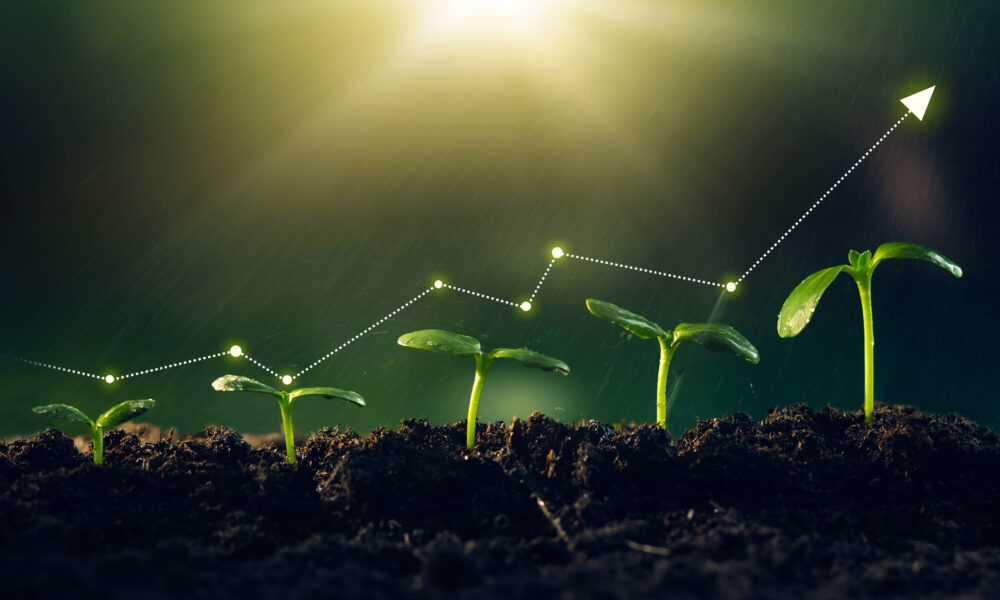
The word biostimulant creates buzz and seems to be everywhere. This can create confusion, disillusionment, and skepticism instead of the feeling it should elicit excitement and promise. Understanding biostimulants becomes the key to better managing nutrient programs and turns this from a buzz word into a key tool to aid in plant growth and productivity.
What does a biostimulant do?
According the 2018 Farm Bill a plant biostimulant is “any substance or microorganism applied to plants with the aim to enhance nutrition efficiency, abiotic stress tolerance and/or crop quality traits, regardless of nutrient content.” That means a biostimulant enhances the productivity of crops. Common biostimulants may be plant or animal derivatives or microorganisms that can be added to the soil. These can all aid the plant with different types of nutrient uptake or improved energy.
How does a biostimulant work?
Not all biostimulants are created equal. A microbe may create a more balanced microbiota which can lead to better nutrient uptake, whereas an amino acid may provide energy to the plant making its systems more efficient. Many other biostimulant options exist with various modes of action. The most important thing to consider is how the biostimulant affects the plant’s natural systems and the methods of nutrient uptake in the plant. While some solutions seem good in theory, they may have limitations within the plant’s physiology. (watch more about Biostimulants Here)
Balchem’s Approach:
Balchem’s agronomist sometimes say, “We have been working with biostimulants since long before it was cool.” What we really mean is we have decades of research and expertise that have allowed us to understand how plant physiology and biostimulants work and should be used. Through this process, our team developed a tried-and-true formulation that works synergistically within the plant to provide not only better nutrient utilization, but also energy, auxins and cytokinin to power the plant and protect it from abiotic and biotic stress.
Metalosate® StimPlus™ contains multiple components that deliver a biostimulant affect. Firstly, it contains chelated minerals. It delivers seven essential nutrients utilizing Albion® Technology, which means they effectively move through the plant at a faster rate to the areas where plants need them. Metalosate StimPlus also contains amino acids, which have a long history of use as biostimulants. They not only provide faster nutrient uptake, but also provide the plant with the energy needed to power its physiological systems. Metalosate StimPlus also contains seaweed extract which provides energy, auxins, and cytokinin to plants. This helps with nutrient uptake, more diverse microbiota in soil, and abiotic and biotic stress protection.
The Results:
This means that Metalosate StimPlus is better than just the sum of its parts. It has a positive affect on nutrient uptake, growth and stress protection. All of these boost each other. Metalosate StimPlus has had good results on everything from tomatoes to beans to cherries to sunflowers and everything in between.
When plants are stressed, which happens daily, they can better overcome that challenge and produce better return. Metalosate StimPlus can fortify plants in times of stress, so they can deliver the highest potential growth and yield. That can result in better quality, yields and profit to a grower’s system. Biostimulants can be used strategically to create solid foundations and power plant potential.


